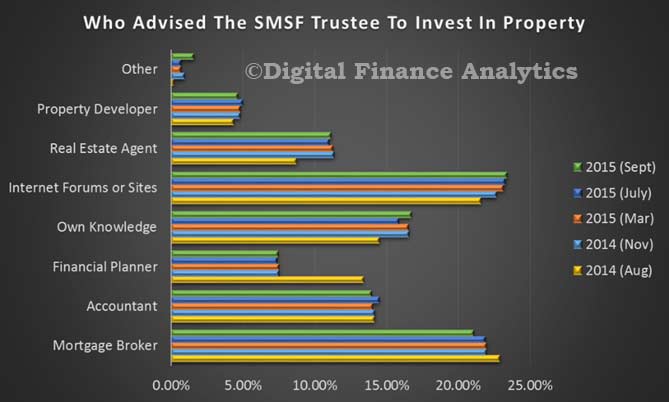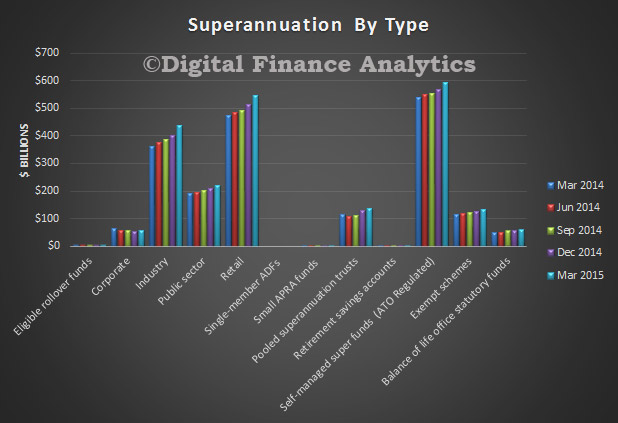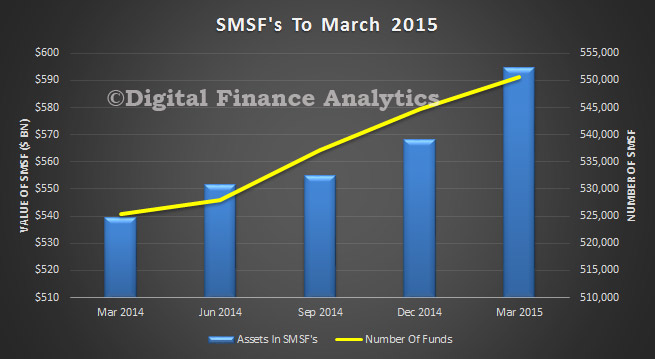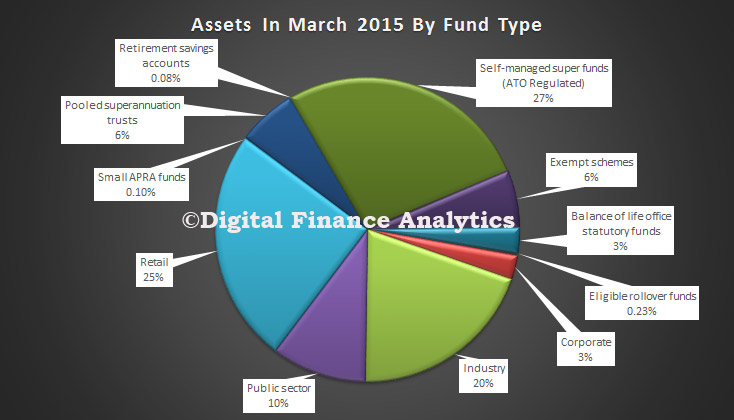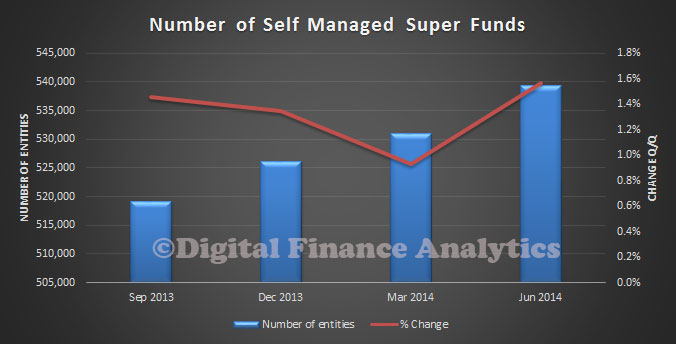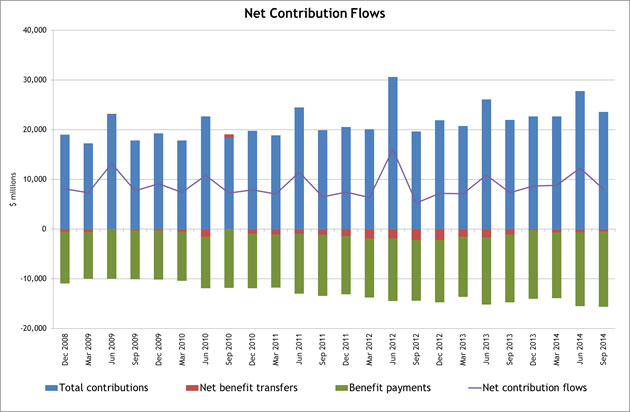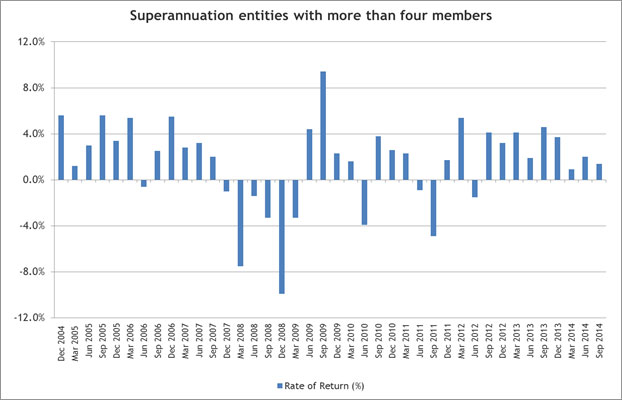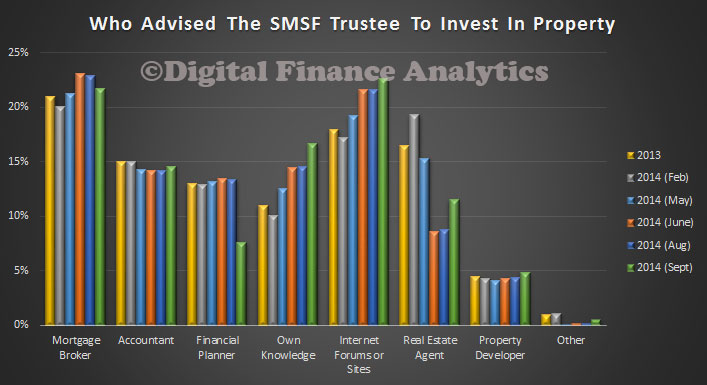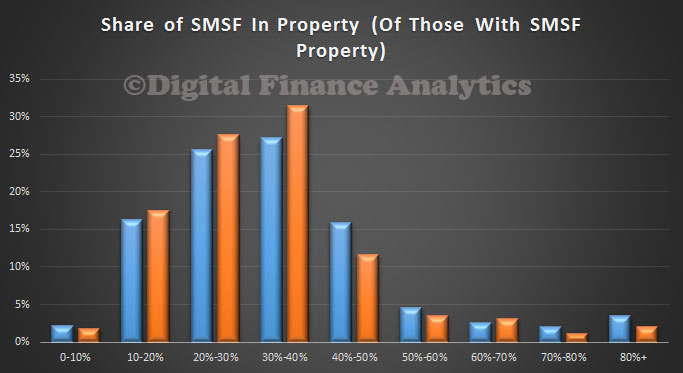CommSec analysis has found self managed super fund (SMSF) investors trade twice as often and hold more diverse portfolios than retail investors.
CommSec data has found that SMSFs place double the amount of equities trades on average compared to non-SMSF holders.
Marcus Evans, Head of SMSF Customers, Commonwealth Bank said: “SMSFs are very active in the equities space. Many people often view SMSF accounts as dormant with a lot of long-term investments, however CommSec data shows that this isn’t the case.”
In terms of portfolio make-up, SMSFs have a far more diversified portfolio, holding an average of 14 different securities in their portfolio, compared to just seven for the average equities investor.
“SMSF accounts tend to be far more diversified than those of retail investors, recognising that diversification is an important part of reducing risks and managing a robust portfolio over the long-term,” Mr Evans said.
An analysis of CommSec SMSF trading patterns for the week ending 28 August 2015, which included the biggest single day drop since the GFC, shows an increase in total trade volumes, with overall net buying among SMSFs.
“The increase in trading volumes favouring buying during recent volatility shows investors are constantly keeping an eye on the market and dispels the myth that SMSFs are conservative investors,” Mr Evans said.
In addition to portfolio diversification, SMSFs also hold equities across a broad range of industries, with more than 20 sectors represented. Bank holdings are the most popular equities, making up more than 30 per cent of SMSF holdings, followed by Materials (10 per cent), Telecommunications services (7.3 per cent), Diversified Financials (5.8 per cent) and Food & Staples (5.7 per cent).
“SMSFs are continuing to grow and diversify their portfolios, however equities comprise just one asset class. To have a truly diverse portfolio SMSFs need to look across asset classes for broad investment opportunities,” Mr Evans said.


